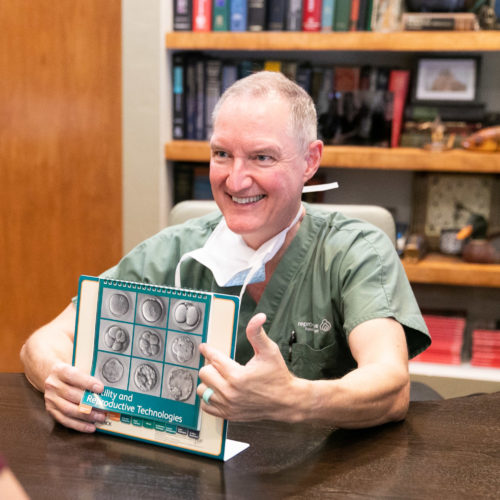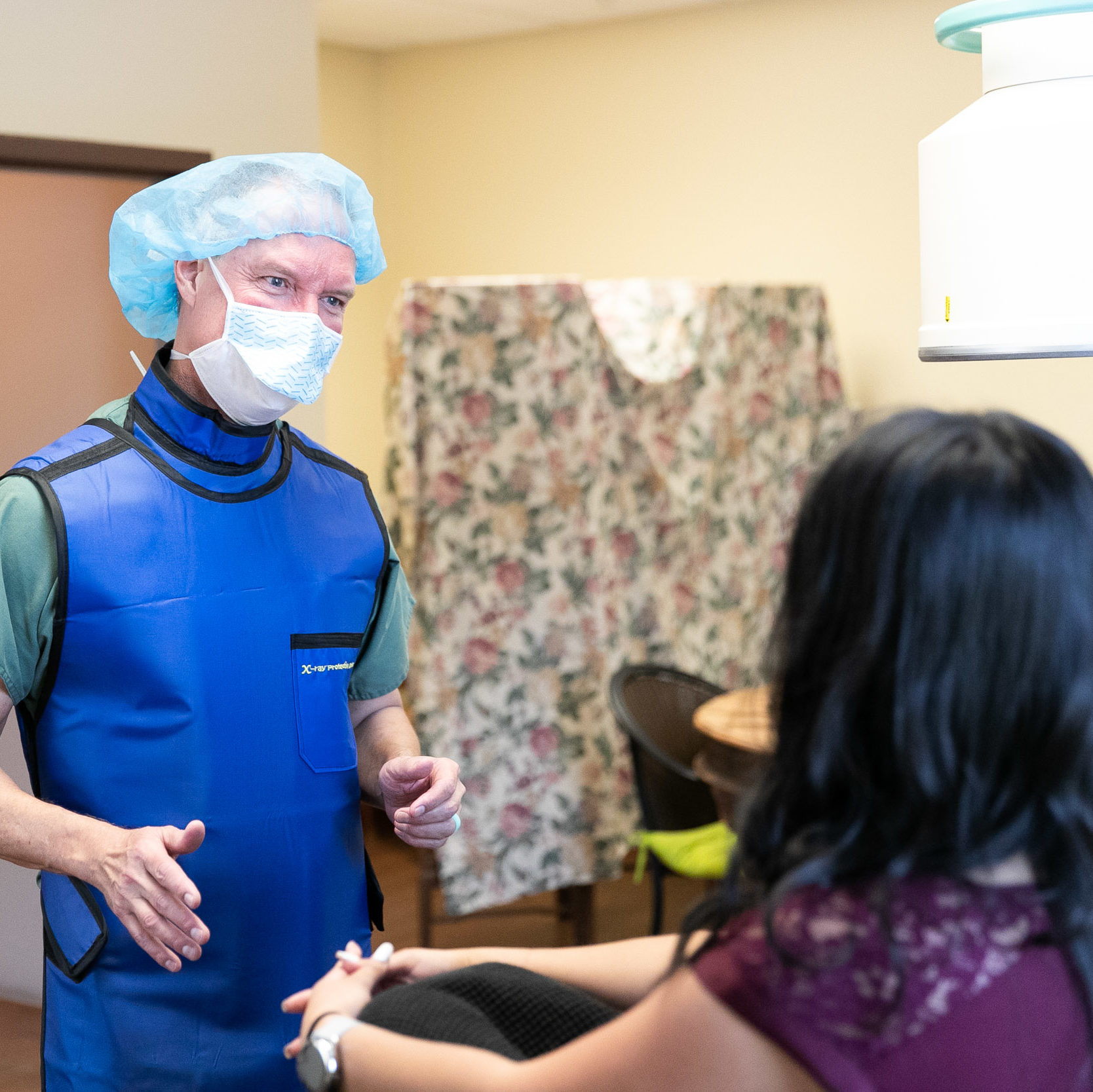What is Fertility Success?
When it comes to fertility treatments, a single intrauterine pregnancy is the highest mark of success. That’s absolutely our goal for every infertility patient, those receiving IVF near Mesa and those receiving other treatments.
It may seem like any pregnancy should count as a success, but twins (and triplets or more) are actually adverse outcomes of fertility treatment. That’s because having multiple babies in the uterus at a time dramatically increases the risk of health problems for those children. The best chance of taking home a healthy baby is to have babies one at a time, and that’s our goal for our patients. Nearly 70 percent of our patients under the age of 36 have single embryo transfers, assuring them of single pregnancies. We want to create the best outcome for our patients receiving IVF near Mesa, not just pump up our apparent IVF success rates by transferring many embryos with every cycle.


To us, your treatment is still a success if you decide to remain childless or adopt a child, and feel happy and content about your decision. We never pressure our patients to continue with any treatment past the point where they feel it’s serving them. Ultimately, we support every option you have available to you. It is our goal that you leave our office whole and strong.
Looking At SART Data To Determine IVF Success Rates
Some patients will investigate SART data (Society of Assisted Reproductive Technology) to find out how “successful” a clinic is with respect to in vitro fertility (IVF). The data is organized by cycle, and can often be misleading to people who are looking at the pregnancy rate per cycle of IVF. That’s because different centers treat a single IVF cycle very differently.
Reproductive Health Center is a leader in single embryo transfers. We transfer only one embryo at a time whenever feasible, to maximize the chances of a singleton pregnancy. We are also pioneers in uterine lining receptivity, and will only transfer embryos into a uterus that is receptive. Most of our patients will have the embryo transfer delayed from the egg retrieval cycle to a later date, because the uterus wasn’t ready during that egg retrieval cycle. IVF success is determined by the pregnancy rate per embryo transferred. We consider it “a cycle” when an embryo is transferred, not when eggs are retrieved, for our patients receiving IVF near Mesa.
Fertility Success Is A Wonderful Story
We’re successful when you’re successful. That’s why we’ll let our patients tell you in their own words how we helped them conceive and what went into each treatment plans.
Our patients’ stories might help you understand better how and why we help with fertility issues. Check out our happy families to see just a few of the beautiful families we’ve helped to create. We’re so honored to have been a part of these families’ journeys.
